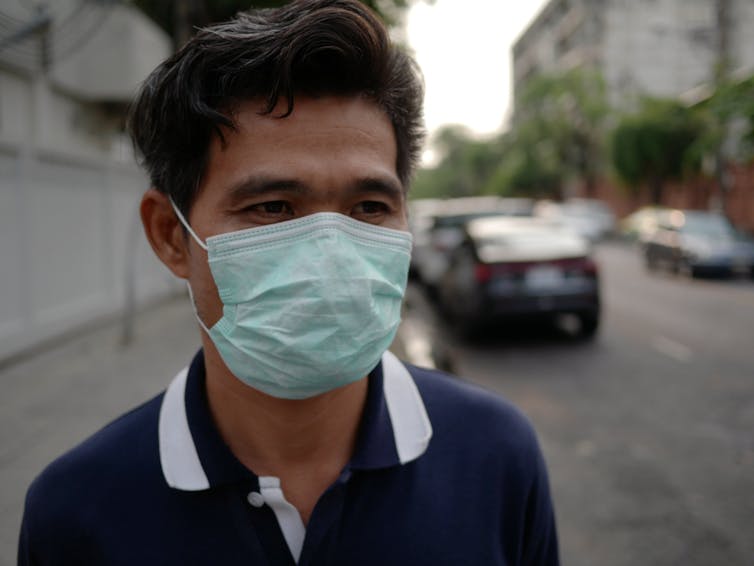BY DR SANDRA HIROWATARI, CHAIR, AMA COUNCIL OF RURAL DOCTORS
I love the word reform. Form it again. Redo.
A simple concept. Kids do it. Their hunk of play dough gets smashed back together if they do not like the shape that came out. What forms at the second try may be a very different animal than the first start.
Potters at wheels who cannot quickly remould, will lump the clay back in a ball and re-form the vessel.
The process requires:
- insight to see a different view, what I call “putting on a different pair of glasses”; and
- the action of destruction as part of creation.
The adjectives ‘courageous’ and ‘inspired’ often describe ideas of reform.
Notice this is not tinkering at the corners, fussing with little wins and making small changes. This is thinking outside the box. Maybe even crushing the box with an elephant foot. It is the antithesis of expecting different results by doing things the old way.
Reforms and reformers are not popular. The status quo, no matter how dysfunctional, is known, comfortable, predictable. Change causes stress. I believe reforms occur when the pain of the old is greater than the discomforts of making the change.
So in our rural medical life, we need reform. You and I know it because it’s just not working. Rural health has so many gaps. The statistics are there: insufficient manpower, longer hours, less downtime, more mental illness. I am talking about us.
We struggle to gain a sense of self-actualisation. There is the black cloud of uncertainty associated with working with limited resources such as diagnostic imaging and tests. One word of criticism from our non-collegial colleagues diminishes us. The frustrations of slow or non-existent internet, the cost of living, the distance to families, our loves. Our networks can be paper thin. The comfort of a nearby specialist is on our wish list.
No wonder the IMG who has completed their 19A/B moratorium heads straight for the comforts of urban life. Rural locum coverage are the norm, patients are weary, yet accepting, of yet another new (transient) doctor. We know there is inequity in health care delivery. And in our tired minds we know there is a better way.
So, some needed reforms include:
Medicare indexation. To quote the previous Chair of this Council, David Rivett: “I think it’s time for a harder-nosed approach. In future, I’d love to see the AMA get a fighting fund established on behalf of GPs to try to get both (political) parties to index (rebates) fully.” A fighting fund may mean altruistic dips into your pocket to fund a strong pre-election campaign to revamp the rebates to the patients. The picture is bigger than indexing our MBS payments, it is about how it effects patient life – in either dollars or access to care.
Medicare MBS and incentive restructuring to reward quality care. To quote a Federal Councillor: “Support quality care, get money back to the practices that are providing quality (and not high through-put corporate style clinics).” And another councilor: “Focus on the attendance items which are quite separate from rooms based items” and “articulate a vision for the future of high quality, cost effective Primary Care that will save money in the long run. Our practices should become the ‘hospitals of the future’. Community care should revolve around general practice.” And: “Go big, or go home”.
The Rural Generalist. The Collingrove agreement between Professor Paul Worley, the rural health commissioner, ACRRM and RACGP defines a generalist as “medical practitioner who is trained to meet the specific current and future health care needs of Australian rural and remote communities, in a sustainable and cost-effective way, by providing both comprehensive general practice and emergency care, and required components of other medical specialist care in hospital and community settings as part of a rural healthcare team”.
Head up, Rural doctors. Reform is on your doorstep. You may not like it. There will be discomfort in the process of change, maybe loud voices, bewilderment and naysayers. Too much, too fast, too slow, too little, too late.
But kids can reform their clay. We can too.

 more_vert
more_vert